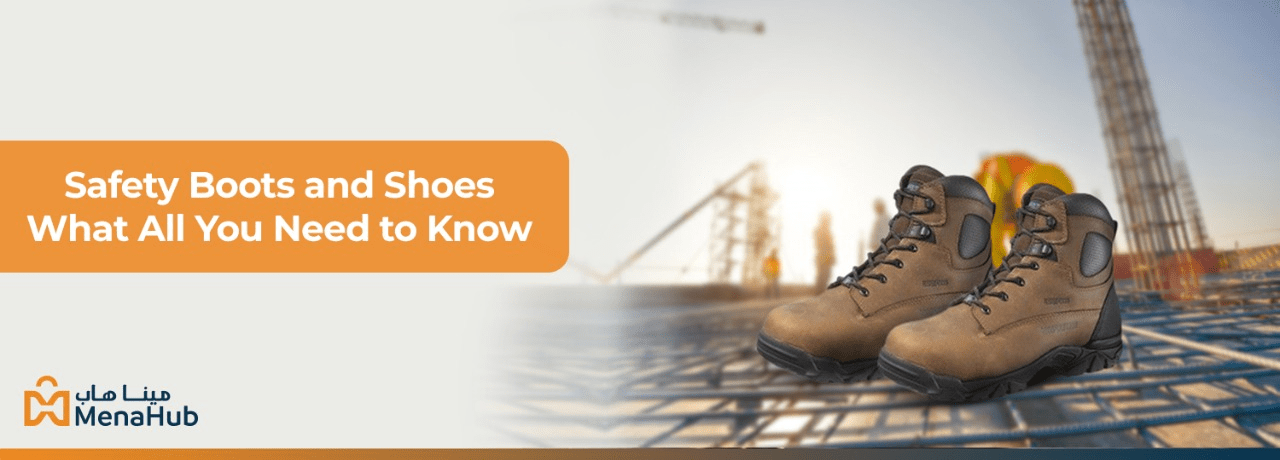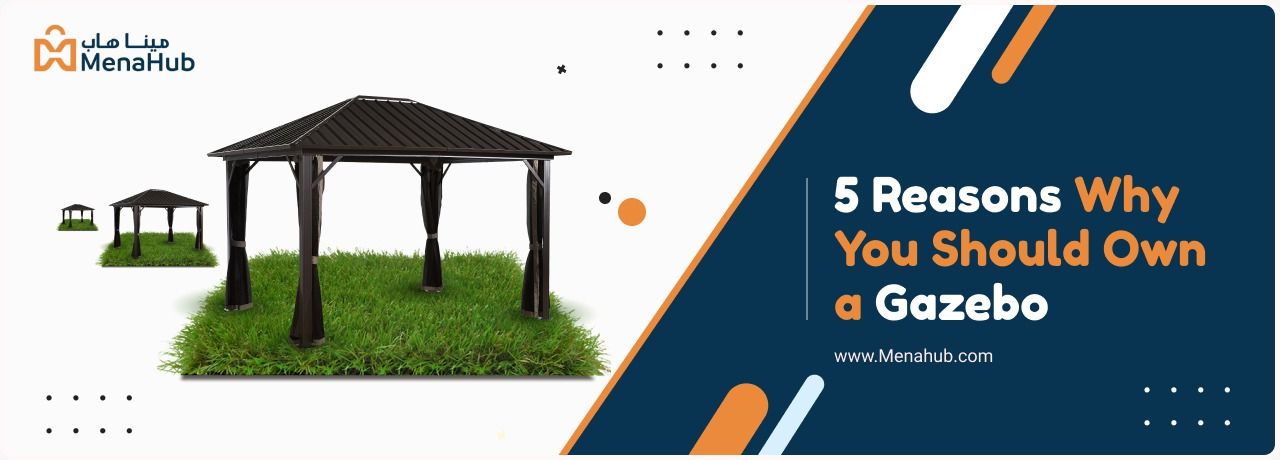
When you think of safety boots and shoes, you probably think of steel-toed, high-top construction boots. While these are the most common type of protective footwear, they are not the only ones on the market. Safety Boots and shoes come in many varieties, offering different levels of protection depending on the risks you face every day at work or play. So what features do you need to look for? How do you choose the right pair? Here's what you need to know about safety boots and shoes so that you can protect yourself from injuries or illnesses at work or on the go. What are Safety Shoes?Safety Shoes or safety boots are personal protective equipment (PPE) used in workplaces for foot protection. Safety boots or work shoes may be necessary for various settings, including kitchens, construction, warehouses, and factory works. Different types of safety shoes, on the other hand, are made to suit different conditions. What are the different types of Safety Shoes available in the market? 1.Metatarsal Safety Shoes: The first thing you'll notice about Metatarsal boots is their extra coverage. This helps protect against electric shock or burns from spills or sparks and slips and falls. These types of shoes are designed and made primarily to safeguard your upper bones and feet. You can also find flame-resistant metatarsal boots. Metatarsal boots generally have molded insoles but may be available with removable insoles if you need orthopedic support for your feet. These shoes are pretty suitable for work at construction sites and for jobs that demand heavy object lifting. 2. Electric Hazard Safety Shoes: These shoes are designed with features that help prevent or minimize electrical shock, making them an essential part of any workplace involving dangers of high voltage machines, circuits, electricity, wiring etc. These shoes keep you safe even while you are near electricity and high-voltage circuits by lowering your risk of getting an electric shock. 3. Steel Insole Safety Shoes: Steel frames are installed into the console of steel insole safety shoes to protect the feet and keep them safe when performing heavy-duty tasks. These shoes are necessary for people who push pedals and drive large trucks to protect themselves from joint problems and other foot issues. 4. Safety Toed Safety Shoes: When you're on a job site, you never know when a situation will suddenly arise that requires your safety. That's why it's important to wear Safety Toed Safety Shoes. This type of footwear has a special toe covering that protects your toes from any injury. This shoe is great for people who work in heavy industrial facilities and have to deal with heavy machinery. They also have anti-fatigue features so that you won't be sore by lunchtime after a long day at work or on a weekend of home improvement projects. 5. Metal Instep Safety Shoe: Metal instep safety shoes have a hard, wide toe-box cover with a very high top. Metal instep safety shoes protect your toes from both crushing and puncture hazards. The high top also keeps your ankles from being exposed to cuts or abrasions from getting caught underneath or between objects. These shoes are some of the heaviest available on the market and protect your feet perfectly from pointed and sharp objects. 6. Gumboots: Gumboots are also known as rubber boots, rain boots, wellingtons and wellies. This type of shoes ensures the safety of your feet on the job and are highly useful for work at construction sites, industrial areas, mining industries, chemicals and any other related industry. These are slip-resistant and protect your feet against many hazardous conditions. What type of material are safety shoes made of?The most common material used for making safety shoes is leather. Other materials used to make safety shoes include nylon combined with leather, latex, and others. Toe caps are incorporated in the majority of safety shoes for added protection. The toe can be formed out of a variety of materials, including: 1. Composite Toes: A thermoplastic polymeric or non-metallic toe cap is a good choice for protecting falling objects and crushing under moving objects. These are light in weight, and they are typically worn by people whose jobs require them to stand or walk for extended periods. 2. Steel Toes: These toe caps are still very popular. Steel toe caps protect your feet from heavy metal, and object injury can conduct temperature and electricity. 3. Carbon Fibre Toe Caps: This type of toe caps are non-metallic, lightweight and non-conductor of electricity. It is a costly material; however, it is considered one of the best materials to manufacture toe caps. 4. Aluminum Toe caps: Aluminium toe caps are pretty light in weight and have high impact resistance. These are considered suitable for workers who look for lightness, safety and flexibility at the same time. 5. Metatarsal Guard: These are a more advanced version of safety toe shoes. These are designed to secure the toe and top of the foot from falling items, hot materials, and other hazards. They are most suitable for welders, glass moulters etc. What are different types of sole avaialable?When choosing a pair of safety boots or shoes, another important consideration will be how much protection you want and the type of sole you prefer. Here are different types of sole for safety shoes: 1. Rubber outsole: Rubber outsoles are the most common type of outsole found at the bottom of shoes. It provides excellent traction on slippery surfaces and can help reduce impact. If you do a lot of work that requires very good traction, opting for high-quality safety boots with hard rubber soles can pay off. 2. TPU Outsole: TPU, or Thermo Poly Urethane, is another excellent outsole material. It's a high-tech polyurethane (PU) that's tough, abrasion-resistant, and flexible. In addition, TPU soles are lightweight and have a long life. 3. Midsole: The midsole, which sits between the outsole and the upper, is one of the most crucial components of any boot. A well-designed midsole can offer adequate shock absorption, flex support, and additional cushioning and can guard your feet against nails and other objects. Ethylene Vinyl Acetate or EVA is considered as great midsole for safety shoes. It is a very lightweight and durable material. Last Few wordsWhen it comes to safety boots, you want something that will last a long time while also being comfortable enough for you to wear every day. Most safety shoes are designed to protect your feet from various conditions. If your workplace has any chemical or electrical risks, or if workers are at risk of harming their feet from sharp objects piercing the bottoms of their shoes. Safety shoes are a must-have in this situation. These will keep your employees safe and prevent any mishaps at your job. |
Safety Boots and Shoes - What All You Need to Know
25
Sep
Comment(s)



Validate your login